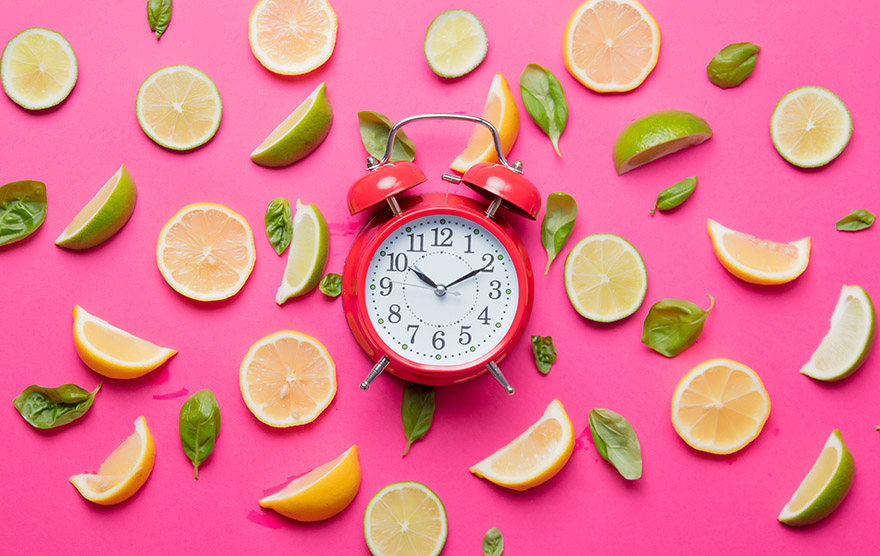
By definition, once they become established, habits become regular and hard to give up. But they first need to be established and to achieve this, it’s worth understanding that they don’t exist in isolation.
If you look closely, you’ll discover that just prior to any behaviour or habit is a cue; a situation or event or emotion or even another behaviour which triggers the desired pattern or routine.
Similarly, if this investigation is extended beyond the completion of the habit, there will be found some form of consequence; which thereby reinforces and maintains the positive pattern.
This pattern of cue – habit – reward is repeated ideally, indefinitely, or for as long as the habit is considered useful and purposeful. And the good news is we can use this simple but powerful model to create and build positive habits in any area of life we so choose.
Accordingly, take one of the daily goals you’ve set for yourself as part of the previous lessons. Now think about what might be a natural pre-cursor to this behaviour. In other words, what’s something (a situation or a thought or maybe even a time of the day) that can serve as a trigger for the habit you’re trying to develop.
Some people, for example, use the “cue” of sitting in their office chair as a cue to sit up straight and improve their posture; or walking through a specific doorway as a cue to smile.
In the same way, what do you do and/or what can you do to reward yourself once you’ve completed a positive habit?
Rewards (or what psychologists more technically call reinforcers) can be tangible, such as a small gift, a chocolate, a cup of tea/coffee or even just a tick on your to-do list. Alternatively, it might be intangible such as the good, old metaphorical “pat on the back”, or a self-congratulation (said quietly to oneself in language that fits with your personality).
Now repeat this process for all of the daily goals you’ve set and turn them in to positive, self-reinforcing habits.
